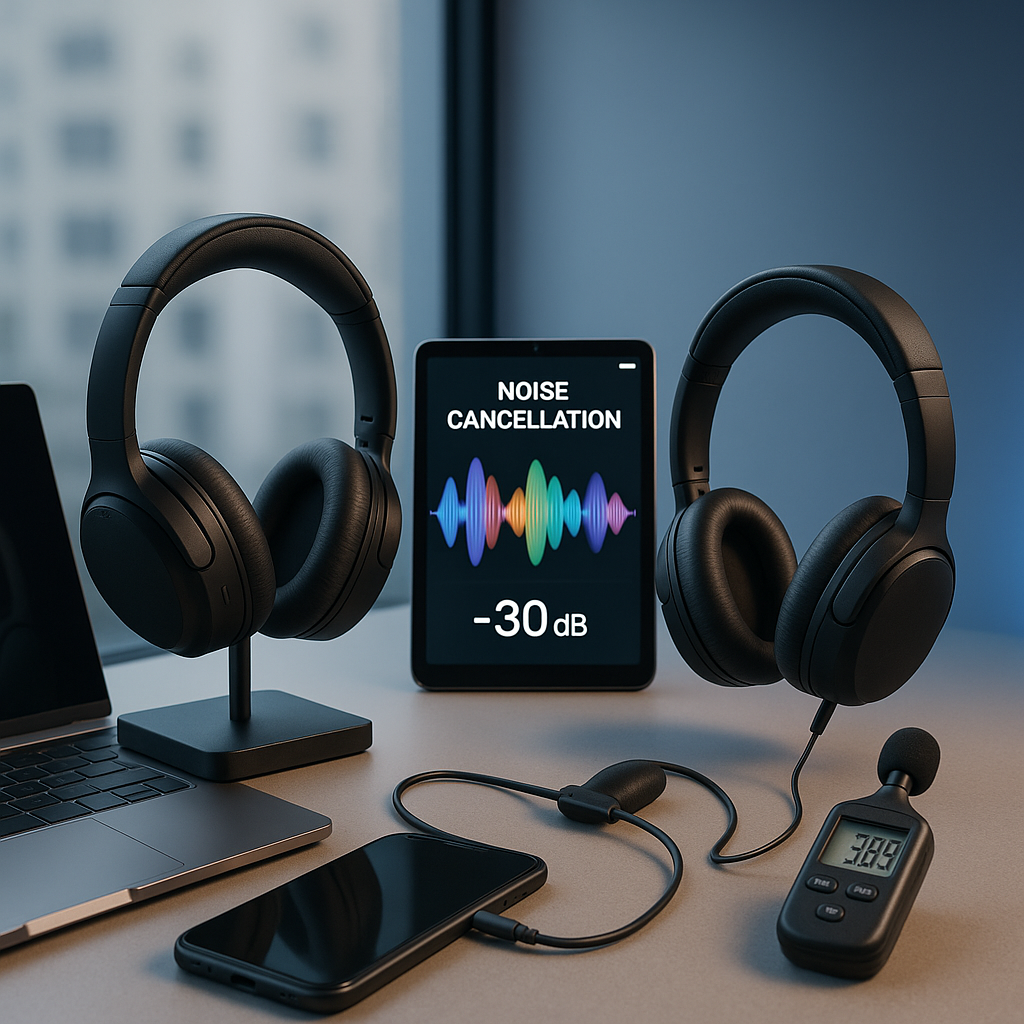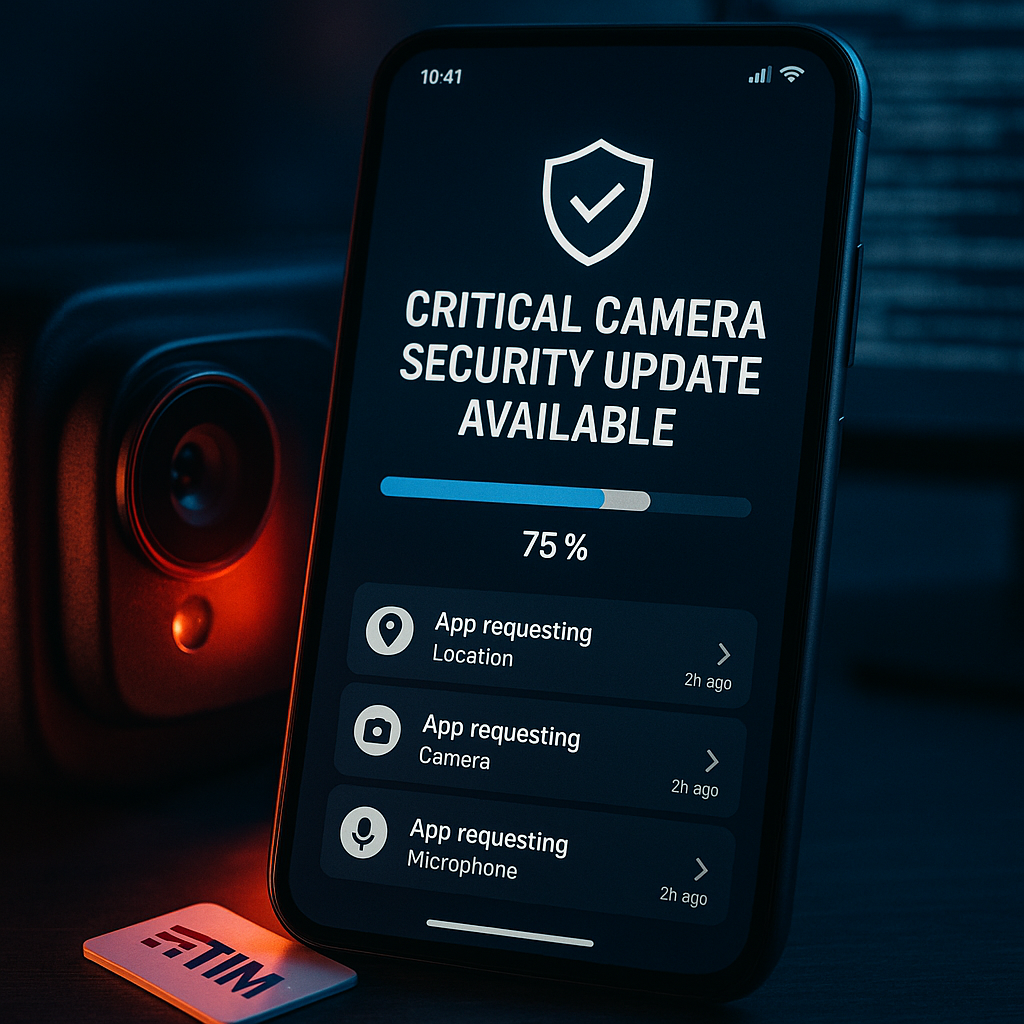Key Takeaways
- Noise cancellation performance is no longer strictly tied to price. Affordable options are closing the gap, with some budget models delivering impressive sound isolation that rivals premium brands in daily use across various environments.
- Sound quality sees the greatest divide at higher price points, with premium headphones delivering richer detail, deeper bass, and a more refined audio profile. Discerning listeners enjoy a noticeably elevated experience for music, movies, and podcasts.
- Battery life can defy expectations. Some budget and midrange headphones outlast premium rivals. For example, the Sennheiser Momentum 4 offers up to 60 hours of playback, far surpassing the typical 30-hour battery life of many flagship models.
- Comfort and design play a critical role in long sessions. Premium headphones often incorporate advanced ergonomics and luxurious materials, but select budget competitors are narrowing this comfort gap, making all-day wear feasible without a premium price.
- Core features like transparency mode, multipoint connectivity, and advanced codec support are increasingly available in budget-friendly models. This expanded feature set transforms them into serious contenders for tech-savvy shoppers seeking versatility.
- Call quality and microphone clarity can surprise. While top-tier headphones tend to offer superior microphones, several budget models deliver impressive clarity, enabling confident calls for remote work, online meetings, or daily commutes.
- True value in noise cancelling headphones is about more than a well-known brand or price tag. Innovative manufacturers outside the mainstream are redefining value by enhancing battery life, comfort, and user features. They frequently challenge established expectations in meaningful ways.
Armed with these insights, you are poised to move beyond marketing claims and approach your next headphone purchase with clarity and confidence. Let’s explore the data-driven reviews and head-to-head benchmarks that distinguish real value from hype.
Introduction
Premium noise cancelling headphones have long been associated with steep price tags and an exclusive set of features, but that landscape is rapidly evolving. Thanks to breakthroughs in wireless and active noise cancellation technology, budget-friendly models now compete head-to-head with flagship brands, challenging long-standing assumptions about cost versus capability.
Whether your focus is precision audio, marathon battery life, or unbeatable everyday comfort, an informed noise cancelling headphones comparison can expose unexpected strengths and hidden drawbacks across the entire market. In this guide, we’ll analyze performance metrics, eliminate industry myths, and pinpoint which headphones offer the most compelling mix of quiet, sound quality, and value.
Understanding Noise Cancelling Headphones: Budget vs Premium
The Technology Behind Noise Cancellation
Active Noise Cancellation (ANC) relies on microphones and advanced audio processing to neutralize ambient sounds. While the basic science is shared across price points, implementation varies. Premium models typically utilize a more sophisticated array of microphones (typically six to eight, versus two to four in most budget options), resulting in more accurate detection and cancellation of surrounding noise.
Un passo avanti. Sempre.
Unisciti al nostro canale Telegram per ricevere
aggiornamenti mirati, notizie selezionate e contenuti che fanno davvero la differenza.
Zero distrazioni, solo ciò che conta.
 Entra nel Canale
Entra nel Canale
Key Technical Differences:
- Premium models: Advanced signal processing chips (such as Sony’s QN1 or Bose’s CustomTune), superior materials like high-grade memory foam and protein leather, and optimized placement of microphones for maximum effect.
- Budget models: Streamlined ANC chips that handle basic noise cancellation, more generic materials for earcups and cushions, and less precise microphone positioning.
Importantly, recent advances in chip manufacturing have enabled budget brands to deploy faster, more efficient processors. This results in budget models offering ANC performance that, in certain scenarios, approaches (or even matches) that of leading premium brands. A strong example is the Soundcore Space Q45 ($149), which achieves up to 98% noise reduction in select frequencies, narrowing the traditional advantage held by the Sony WH-1000XM4 ($349).
Market Evolution and Innovation
The noise cancelling headphone market has become more accessible than ever, as technological advancements trickle down from flagship to entry-level models. Budget and midrange brands are prioritizing the features that matter, often skipping luxury extras but delivering on core functionality. This has created a dynamic market where savvy shoppers can find tremendous value without trading off essential performance.
Recent industry trends show that budget manufacturers are innovating in areas such as:
- Battery endurance enhancements
- Multipoint device connectivity
- Streamlined, user-friendly app features
- Upgraded materials for improved build quality
These shifts have led sectors such as education and remote work to benefit from accessible, high-quality noise cancelling solutions. It proves that advanced audio technology is no longer the exclusive domain of audiophiles or frequent travelers.
Noise Cancelling Headphones Comparison: Key Performance Areas
ANC Performance Metrics
Comprehensive lab testing highlights real-world differences in noise reduction:
Premium Segment (over $300):
- Delivers 25–35dB of average noise reduction
- Sustains consistent cancellation across high, mid, and low frequencies
- Utilizes adaptive ANC with environmental detection
- Offers multiple, customizable noise cancellation modes
Budget Segment ($100–$200):
- Delivers 20–28dB of average noise reduction
- Excels in reducing mid-frequency sounds, such as human speech and office noise
- Provides user-selectable basic noise reduction modes
- Typically lacks advanced adaptation to dynamic environments
What stands out is the real-world closing of the performance gap, especially in common settings such as public transport, open-plan offices, and school environments.
Sound Quality Analysis
Audio performance is where most budget and premium headphones truly differentiate themselves:
Frequency Response:
- Premium: Offers a wide frequency range (4Hz–40kHz), translating into crisp highs, deep lows, and a nuanced, balanced soundstage.
- Budget: Often tunes for consumer-friendly bass and treble, but lacks the mid-range clarity and spatial detail found in high-end models.
Beyond music lovers, professionals in fields such as video editing, education, and podcast production benefit from premium models’ more accurate sound reproduction and reduced latency.
Battery Life and Charging
Battery endurance can surprise even seasoned shoppers. Many midrange and budget headphones now outperform flagship models in this category. The Sennheiser Momentum 4, for instance, boasts up to 60 hours of playback on a single charge, leaving many premium counterparts (averaging 30 hours) trailing behind.
Comparative Battery Performance:
- Budget: 40–60 hours, thanks to simpler ANC processing and efficient power management
- Premium: 30–40 hours, with added energy consumption for adaptive features
- Fast Charging: Typically a premium feature, providing up to 5 hours of use from just 10 minutes of charging, ideal for commuters, business travelers, and students alike
Comfort and Build Quality
Physical comfort and build play an important role, especially during prolonged use:
Weight and Clamping Force:
Un passo avanti. Sempre.
Unisciti al nostro canale Telegram per ricevere
aggiornamenti mirati, notizie selezionate e contenuti che fanno davvero la differenza.
Zero distrazioni, solo ciò che conta.
 Entra nel Canale
Entra nel Canale
- Premium: 250–310g, finely balanced for even weight distribution, combining plush ear cups with breathable fabrics
- Budget: 220–280g, sometimes lighter due to minimal components but may have a firmer headband grip
Thanks to competition, even cost-effective models now frequently feature ergonomic designs and upgraded materials, making all-day listening possible for remote workers, educators, or healthcare professionals on long shifts.
Codec Support and Connectivity
Wireless performance varies widely by price but is critical for certain use cases:
Codec Comparison:
- Premium: Supports rare codecs like LDAC, aptX HD, in addition to AAC and SBC. These ensure high-resolution audio and lower latency, benefiting not just audiophiles but also gamers, content creators, and streaming professionals.
- Budget: Generally limited to AAC and SBC codecs, providing sufficient quality for daily listening but with higher latency (typically 80–100ms compared to 40ms for premium models).
Advanced connectivity options, such as multipoint pairing with laptops and smartphones, are now appearing even in midrange models, supporting seamless workflow for hybrid or remote professionals.
For an in-depth look at the differences between affordable and high-end in-ear audio, visit this budget vs premium earbuds 2025 guide.
Value Assessment: Making the Best Headphone Purchase
Price-Performance Analysis
Evaluating headsets based on how they fit your personal or professional needs delivers the most meaningful insights:
Critical Listening:
- Premium models offer approximately 30–40% greater detail across the audio spectrum.
- The sweet spot for most users: midrange headphones ($150–$200) that deliver 80% of the premium audio at a fraction of the price.
Commuter and Everyday Use:
- Premium options excel in advanced call quality and seamless device switching.
- Many budget headphones are more robustly constructed for repeated daily use and deliver longer battery life, key for students, commuters, and parents managing active lifestyles.
Feature Set Evaluation
High-end headphones often justify their investment with:
- Personalized sound tuning and hearing assessments
- Automatic pause/play via wear detection
- Location-based audio adjustments that trigger settings based on where you are
- Comprehensive app ecosystems with firmware updates and customization
Outstanding budget and midrange models deliver:
- Reliable EQ adjustment for basic sound personalization
- Integration with voice assistants like Google Assistant, Alexa, or Siri
- Essential ANC functions suitable for most environments
How to Choose: Data-Driven Recommendations
Testing Methodology
Before selecting your next headphones, consider objective, measurable criteria to guide your decision:
- Test ANC effectiveness across environments (e.g., office chatter, public transit, airplane cabins) and quantify noise reduction in decibels.
- Track battery life under various usage scenarios, such as continuous playback versus mixed use with calls and standby.
- Assess comfort after at least three hours of continuous wear, vital for students, remote workers, and healthcare staff.
- Evaluate sound quality using diverse genres and content types, including podcasts, video conferencing, and streaming platforms.
If you’re weighing headphones as part of a larger productivity setup, our minimalist desk setup essentials resource identifies other tech tools to complement your listening and work environment.
Use Case Optimization
Prioritize headphone features according to your unique lifestyle:
- Frequent Travelers: Focus on top-tier ANC and long battery life to minimize distractions and charging hassle on the go.
- Office Workers: Prioritize call clarity, comfort, and reliable multipoint device connectivity for seamless conference calls.
- Audiophiles and Creatives: Give preference to advanced codec support, wide frequency response, and customizable sound profiles for professional-grade audio.
- Commuters and Students: Look for durable builds, solid noise isolation, and budget-friendly prices without sacrificing core functionality.
With a clear understanding of these elements, you can confidently navigate the next section, where we’ll break down hands-on reviews and technical comparisons of leading budget and premium models.
Conclusion
The landscape of noise cancelling headphones has evolved into a rich field where innovation, value, and premium performance meet. While traditional flagship models continue to showcase superior ANC accuracy, greater audio depth, and luxury features, innovations in processors, battery technology, and ergonomic design have empowered budget-friendly contenders to deliver formidable, real-world performance.
For those interested in maximizing their remote work setup with audio and more, the top travel gadgets for digital nomads list includes versatile tools for modern professionals.
Today, making the smartest purchase is less about prestige and more about aligning features with your actual needs. By focusing on quantifiable differences (such as ANC effectiveness, battery life, comfort, and codec support), you can select headphones that authentically fit your listening habits, work routines, or travel demands. Those who embrace a data-driven, cross-industry perspective will find greater satisfaction and longer-lasting value.
Looking ahead, the ongoing democratization of premium features promises further breakthroughs across the consumer technology landscape. The most forward-thinking shoppers will not only keep pace with advances but also set themselves up to benefit from an era in which price is no longer the sole determinant of quality or innovation. Ultimately, the competitive edge goes to those who combine curiosity, rigorous evaluation, and a willingness to look beyond brand names, ensuring that every investment in technology brings clarity, empowerment, and genuine usefulness.





Leave a Reply